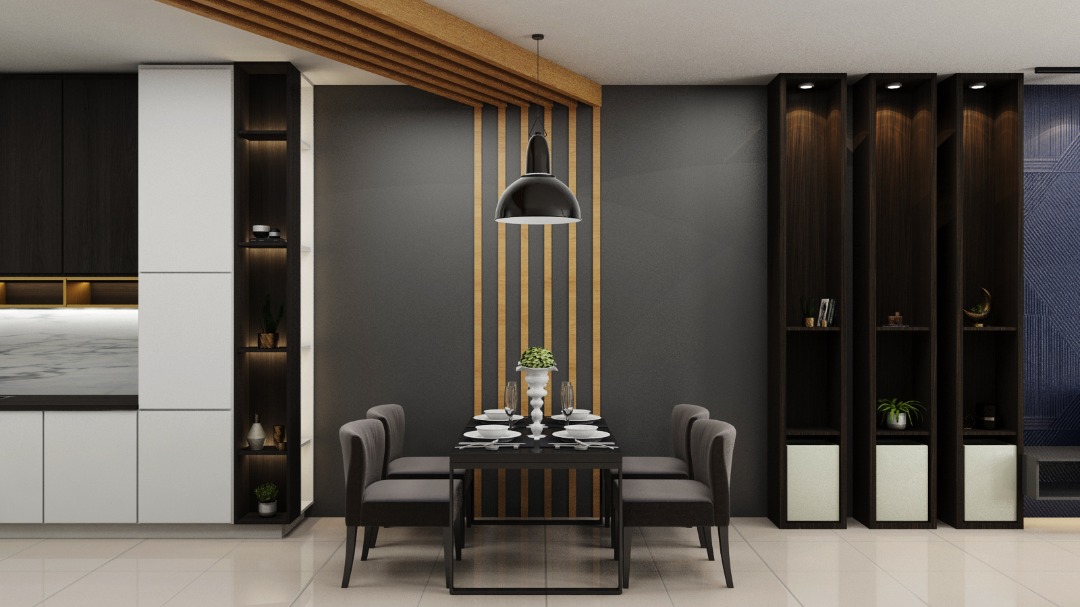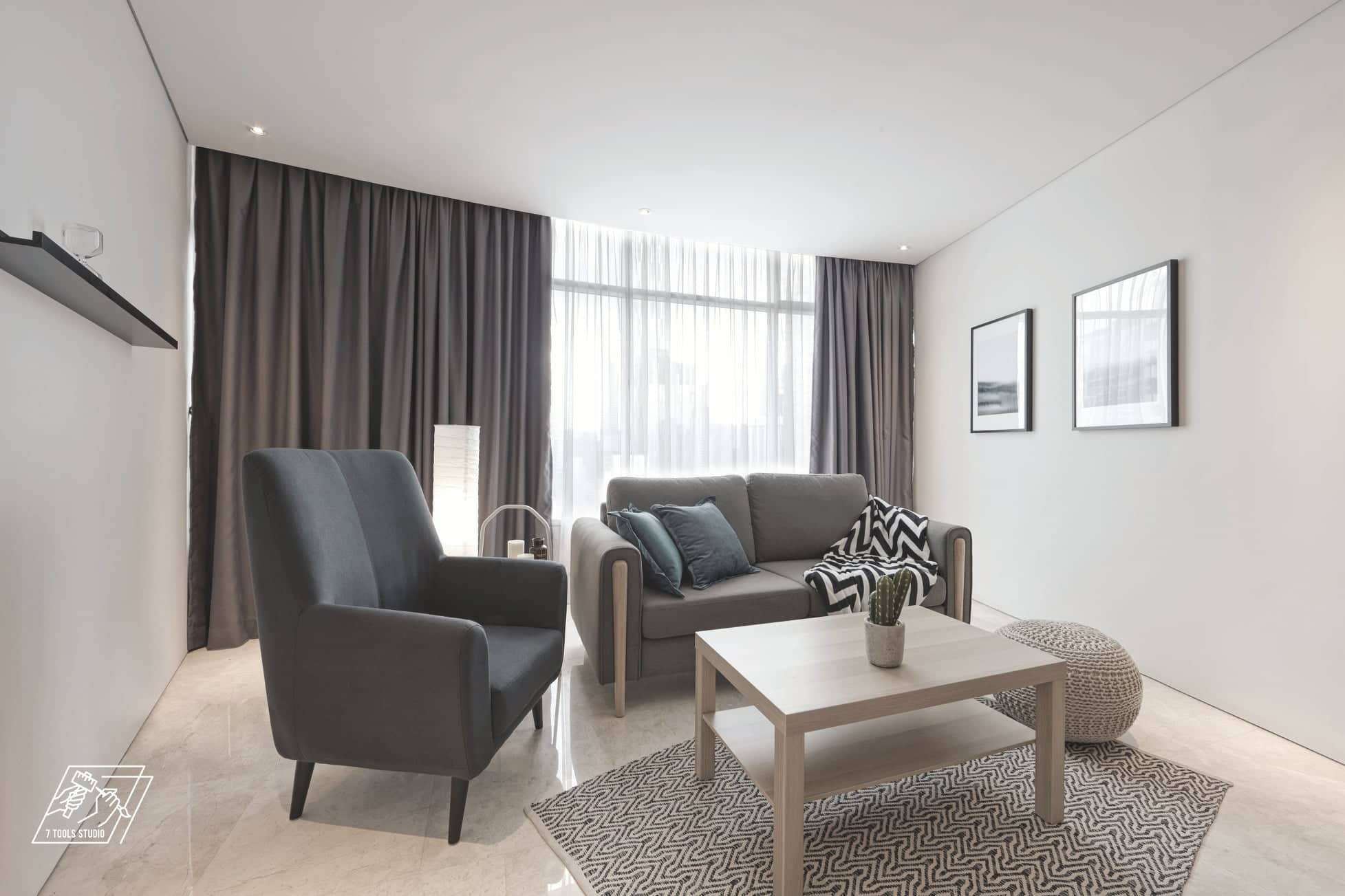Terraced House Interior Design Ideas in Malaysia
by Adwords on June 11, 2021
When it comes to interior design ideas and styles in Malaysia, they are constantly changing, evolving, and blending. So, if you want to upgrade your house and need to engage an interior designer, describing the design style you want might be challenging.
No worries, this post aims to simplify the design styles for you. The most prevalent interior design styles in Malaysian homes are described below.
Minimalist interior design first gained popularity in the 1950s and has been one of the most popular interior design trends ever since. The simplicity and clean design of a simple house are highlighted. The primary concept is that "less is more" and that the interior design may be pared down to its core elements.
One of the advantages of choosing an interior with a minimalist design is that it is clutter-free and straightforward. A minimalist design is always clean and uncluttered, with lots of free space.
Use primary monochromatic colours like black and white to create a minimalist vibe in your house. Keeping your room clutter-free is also essential. Thus simple furniture with several functions is always better than several furniture pieces.
For example, to maximize space, you may add many above-the-storage cabinets or utilize the countertop space as a prep and entertainment area when you have visitors.

Modern interior design may seem futuristic, although the term "modern" is derived from the famous 1950s modern art movement. The property will have a clean appearance with a modern style. From furniture to room shapes, most contemporary design elements have clean, straight lines with no further frills.
Metal legs, such as chrome or stainless steel, may be used in modern interior design. Metal accents may also be seen in light fixtures. Black, white, and primary colours are standard in modern design. Plastics and painted wood surfaces will be used often.
The phrase "traditional interior design" usually refers to residences from the 18th century in Europe. Antiques, beautiful furniture, carved wood, lush tufted textiles, and vintage art pieces are standard features.
Traditional interior design in Malaysia may also refer to dwellings with a significant cultural impact. Ornate furniture items, for example, that would not seem out of place in Istana Negara.
Chinese items inlaid with pearl, enamel, or jade are another option. You may also put historical or sentimental things on display, such as an old Singer sewing machine or an antique iron.
Heavy draperies and curtains are also an essential feature of a traditional room, and classic-styled area rugs are a must-have in a conventional house.

Scandinavian design first appeared in the 1950s in Scandinavian nations such as Denmark, Finland, Iceland, and Sweden. Scandinavian interior design is frequently referred to as Nordic design. Many Malaysian interior designers have years of expertise blending Nordic design elements into local floor designs.
Simple and natural is the best way to characterize Scandinavian-style dwellings. A concentration on functional furniture and cabinets goes hand in hand with its simplicity. Natural components such as wood and white laminate dominate the Scandinavian decor.
Furthermore, one of the best aspects of Scandinavian architecture is the abundance of natural light. You may also add a splash of colour to your living space. Consider putting a blue armchair in the living room.
Industrial design has grown in popularity since the 2000s, but its roots can be traced back to the 1700s and the Industrial Revolution. The existing structure of pipes, exposed brick walls, towering ceilings, and raw concrete became an attractive style in and of itself when old factories and warehouses were transformed into dwelling areas.
An industrial home's design emphasizes space, making the furnishings seem more minimal. Large windows in most industrial lofts allow lots of natural light throughout the day so that you won't need curtains or shades.
Industrial design residences, whether for homes or workplaces, are becoming more popular in Malaysia. Glossy surfaces, metal accents, rustic cabinetry, and high ceilings are all needed to create the image of an industrial house.
The style of traditional Japanese and Chinese residences in the 6th century is greatly influenced by Zen interior design. While it is minimalist, with natural materials and enough light and space, it is also intended to be calming, aesthetically harmonious, clutter-free, and inviting.
Natural materials such as stone, bamboo, Japanese frames, bonsai plants, platform beds, and Japanese room dividers are typical components that may be used in the design to create a Zen house.
Many homeowners may collect photographs of design styles they like and show them to their designer. Some may even purchase the most recent home design magazines and compile a scrapbook.
However, knowing the difference and description of interior design styles, as described above, is essential if you want to speak the same language as your interior designer.
With the information provided above, you should be able to recognize them and the characteristics that distinguish them.
If you are looking for the best interior designer in Malaysia, visit Renoplus, a place where you can find trusted local professionals for all your home service.









